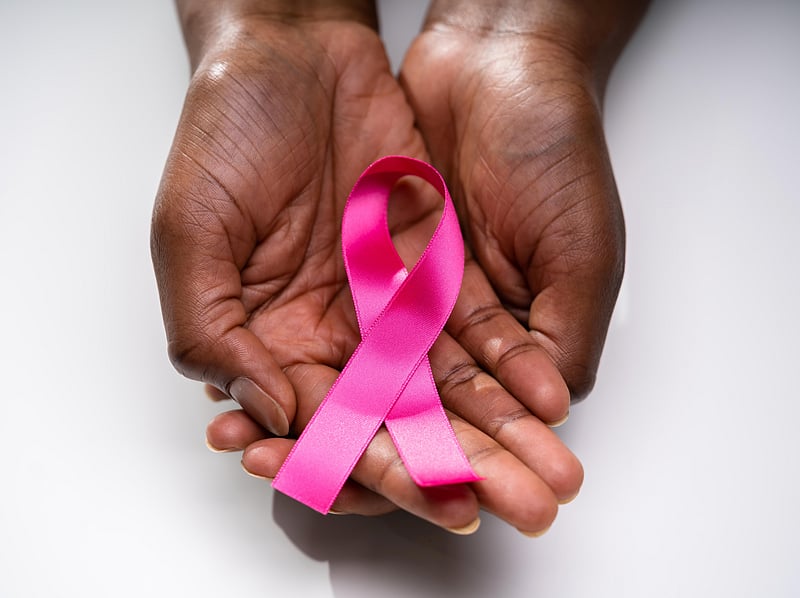155 SE 2nd Main St Hillsboro, OR 97123
Thank you for your patience!**
Now offering Flu Shots. Walk-ins available!
We also offer "Monoclonal Antibodies" treatment for patients with Covid-19.
Get Healthy!

- Posted August 8, 2023
Ductal Carcinoma in Situ (DCIS): What It Is, Causes, Symptoms & Treatment
A breast cancer diagnosis can be terrifying, but one type of early-stage disease is noninvasive and has high survival odds.
There have been an estimated 297,790 new cases of breast cancer diagnosed in the United States so far this year, the U.S. National Cancer Institute reports. Of those, ductal carcinoma in situ (DCIS) cancer accounts for about 20% of cases, the American Cancer Society says.
Below, experts will discuss what DCIS is, what causes it, what symptoms you should watch for, and what treatments are available. Finally, they will look at the important things to know about living with DCIS.
What is DCIS?
This is a type of noninvasive breast cancer that occurs in the milk ducts. The term “in situ” indicates the cancer has not spread outside of the milk ducts, making it a stage 0 cancer.
What causes DCIS?
While it isn't clear what causes DCIS breast cancer, researchers do know that it occurs when there are genetic mutations in the DNA of the milk duct cells. Though experts don't yet know what triggers these mutations, according to Mayo Clinic, there are some risk factors associated with DCIS. These include the following:
- Increasing age
- Personal history of benign breast disease, such as atypical hyperplasia
- Family history of breast cancer
- Never having been pregnant
- Having your first baby after age 30
- Having your first period before age 12
- Beginning menopause after age 55
- Genetic mutations that increase the risk of breast cancer, such as those in the breast cancer genes BRCA1 and BRCA2
DCIS symptoms
According to Dr. Bonnie Sun, of the John Hopkins Breast Center, DCIS doesn't have specific symptoms such a lump or breast pain.
“Most cases are diagnosed in a mammogram before causing any symptoms,” Sun said in a recent Hopkins article. DCIS most commonly shows up on a mammogram as new calcium deposits. Sometimes a distortion of the breast tissue on the scan can be a sign of DCIS.
Once the cancerous cells start to invade the milk duct walls, you might notice itching or the formation of a sore.
Because of the lack of symptoms, annual mammograms are the best way to discover DCIS.
DCIS treatment
While DCIS is noninvasive, it is important to take care of it before it can spread into the walls of the ducts and out into the breast. There are two main options for treatment, the Mayo Clinic says.
- Breast-conserving surgery: Lumpectomy to remove the involved duct or ducts. This will be followed by radiation therapy which uses high-energy beams to kill any cancer cells that may have been left behind.
- Breast-removing surgery: A simple mastectomy in which the involved breast is removed. This option is used if:
- There are multiple ducts with cancer cells throughout the breast.
- Radiation is not a good option for the patient.
- If the patient prefers a mastectomy.
- Radiation is not required if the patient has a mastectomy.
- Hormone therapy following the removal of the cancer. This is only needed for cancer that is due to hormones (hormone receptor-positive breast cancer).
Living with DCIS
According to Sun, the outlook after DCIS diagnosis is encouraging.
“With continued, rigorous monitoring, the prognosis for DCIS is excellent,” she explained. “Your doctor will recommend a regular screening schedule to guard against recurrence in the original breast, and to monitor the other breast for any signs of malignancy. Our expectation is for a complete resolution of the problem with proper treatment. This is a local disease, and treatment by surgery can be sufficient.”
A study published recently in the BMJ indicated that women who developed DCIS were at much higher risk of developing breast cancer again at some point. Therefore, follow-up and diagnostic screening is a very important part of the patient's after-care plan.
A diagnosis of DCIS, while bringing anxiety and challenges, is a very treatable cancer. With proper diagnosis and treatment, DCIS can be cured.







